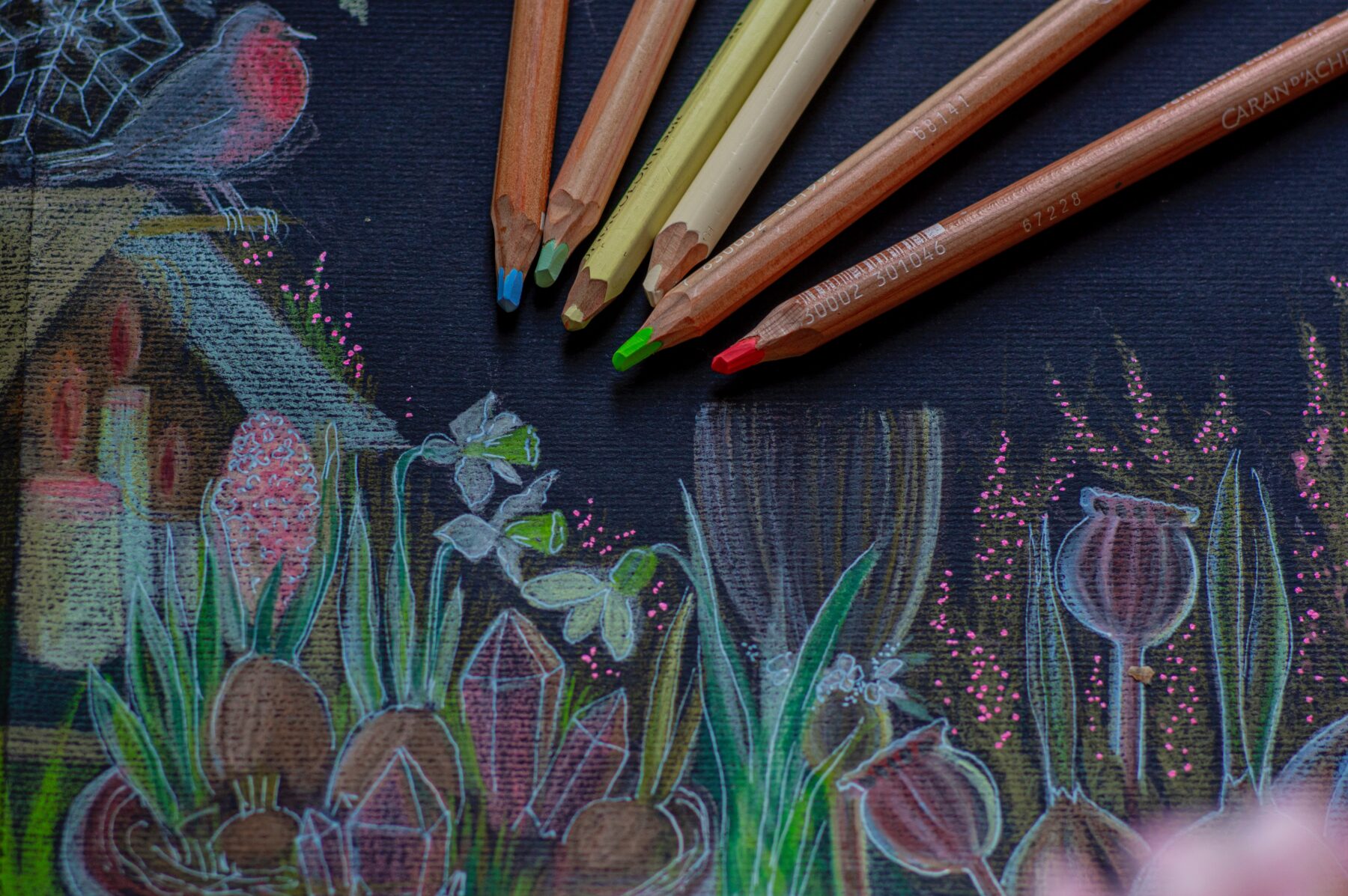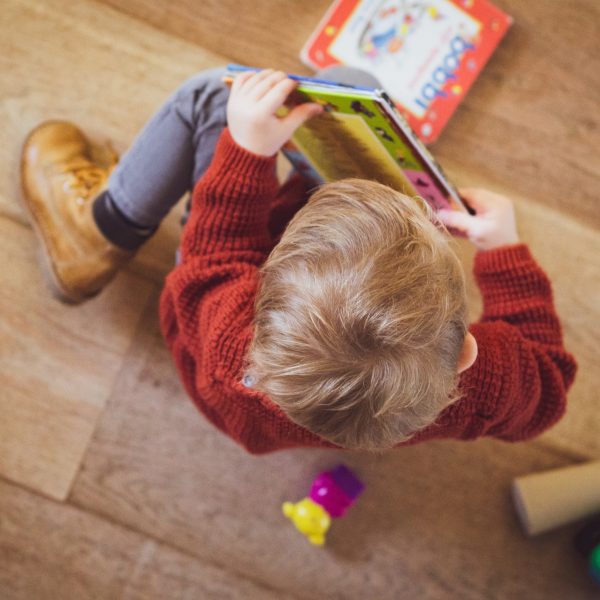Perrottet’s actions reinforce educator’s roles in building children’s tolerance, empathy and respect

In the wake of Dominic Perrottet’s racist confession, he has asked for forgiveness for his naïve actions as a 21 year old by wearing a Nazi uniform. He has admitted his actions caused hurt and pain in the Jewish community. He has emphasised the need for early education to build more understanding so young people do not make similar mistakes. But how can educators build tolerance, empathy and respect in our children?
Here are five practical tips for educators to create a better world one child at a time.
1. Use narratives
Humans are hard wired to respond to stories. We live through stories through social and traditional media, books, films and computer games.
Story has been used as a teaching tool by educators, parents and religious leaders through the ages because it is powerful. When we connect with the characters in a story, we tend to let down our guard and respond emotionally. We are far more likely to favourably receive the lesson within a story than if we are lectured about a topic.
There are many children’s storybooks that can support children’s ability to build tolerance, empathy and respect. There are also books that teach children about how to make good decisions and how our actions can impact others.
Through stories, children are able to practice their emotions safely. They can learn to ‘feel’ what it might be like to have negative experiences, such as racism or other forms of bullying. They can also learn how other characters need to be brave and stand up for their friends.
2. Use the arts
The arts are the best vehicle for learning because they create more memory tags, meaning children are able to recall the information at a later date. This is why adults are more likely to remember a song from their childhood than a poem, because the addition of music has created extra memory tags.
Role play
Acting out stories through role play can assist children to put themselves in someone else’s shoes and think about how they might respond and react to other people’s actions. You can encourage children to act out stories that you or the children narrate.
This can start with scenes from children’s rhymes, then build into acting out fairy tales. Children can take turns in playing different characters.
Puppet play
Puppet play is a great performing arts activity to assist children to build their skills in imagining how characters interact, react and respond to each other and their environment.
Simple hand and paddle pop stick puppets are easy and cheap to make. Finger puppets can be made using scraps of material. You can also substitute puppets with stuffed toys and dolls. Sets can be created out of sheets, towels, chairs and tables. Large cardboard boxes also make excellent sets.
Visual arts
Educators can ask children to draw, paint or make faces showing the feelings of the characters in the stories they are reading and acting out. Faces can be made through the use of collage using natural materials, or through the use of clay or plasticine. This activity builds children’s emotional intelligence.
Making rope dolls
Rope dolls are very easy to make and allow educators to start conversations with children about similarities and differences in hair, clothing and skin colour. This might lead to further discussions about how they are all ‘dolls’, despite looking different and how the differences are very minor.
The dolls do not have any ‘faces’, so they are not always smiling. Children can then use their voices and actions to act out various emotions with the dolls.
Music and dance
Young children can learn simple songs and folk dance steps from different cultures that are represented within the setting or community. This often involves learning more about the culture through language, music and costumes.
As children learn about other cultures, they start to broaden their tolerance and connection to others from different groups and cultures. Additionally, music assists children to express their emotions safely.
3. Learn through food and celebrations
Teaching children how to prepare food from other cultures can create and deepen their connection to ethnic groups from their community. Inviting parents into your service to cook food that is unique to their culture can be a way to provide validation to various communities.
This simple gesture can increase children’s respect and understanding of other children’s families.
Teaching children about celebrations from other cultures can increase children’s respect for other traditions. This is a way to teach new language and customs to children.
4. Learning through modelling and language
Children watch how educators talk to and treat families and children. They notice what is displayed and what is not within our services. Try to ensure all families are represented in displays and emphasise the benefits of diversity.
Adding simple greetings and words into the learning environment from the home languages of children can be a way to increase children’s respect for their peers’ ethnicity.
5. Address concerning behaviours
Discuss any behaviours that are concerning when children disrespect each other. Ensure apologies are made and teach children that an apology means you will try not to repeat that mistake again.
The power of educators
With concerted effort, educators can have a profound impact on children’s attitudes and behaviour so we can all live in a better world.
Popular

Workforce
Quality
Research
When did it start to go wrong?
2025-12-18 08:00:46
by Fiona Alston

Quality
Practice
Research
Small ways to teach babies and toddlers body safety and consent in early learning
2025-12-15 08:00:40
by Fiona Alston

Quality
Research
Food safety in early learning centres: Protecting children through better practices
2025-12-15 07:45:24
by Contributed Content
















